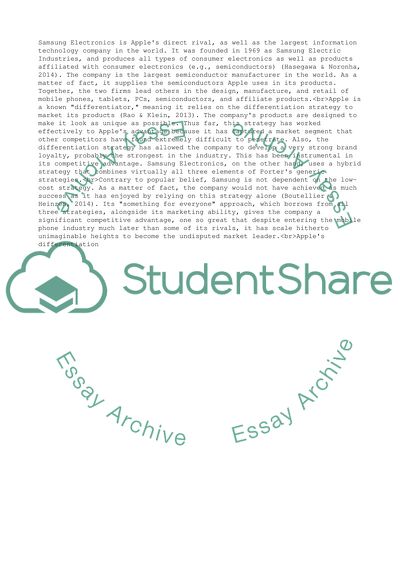Cite this document
(Competitor Review and Organization Design Analysis Essay, n.d.)
Competitor Review and Organization Design Analysis Essay. https://studentshare.org/management/1879932-competitor-review-and-organization-design-analysis
Competitor Review and Organization Design Analysis Essay. https://studentshare.org/management/1879932-competitor-review-and-organization-design-analysis
(Competitor Review and Organization Design Analysis Essay)
Competitor Review and Organization Design Analysis Essay. https://studentshare.org/management/1879932-competitor-review-and-organization-design-analysis.
Competitor Review and Organization Design Analysis Essay. https://studentshare.org/management/1879932-competitor-review-and-organization-design-analysis.
“Competitor Review and Organization Design Analysis Essay”. https://studentshare.org/management/1879932-competitor-review-and-organization-design-analysis.


